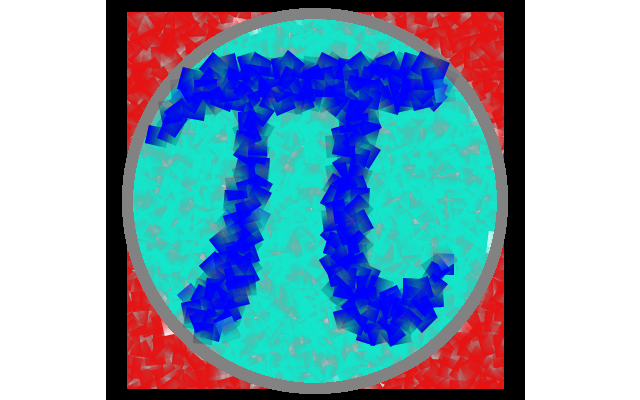
Let’s end this day on a note of wonder. It’s Pi Day! (March 14, or 3-14). Pi is an irrational number… it cannot be written as the ratio of two integers. It’s a number that represents the ratio of the circumference of a circle to its own diameter.
It shows up everywhere when you try to describe nature. Here are a few of my favorite places it shows up.
Coulomb’s Law
Determined from experimental evidence by Augustin de Coulomb, this describes the degree of force that one electric charge exerts on another:
![]()
Coulomb’s constant, ![]() , is written in System International Units as
, is written in System International Units as ![]() .
.
Biot-Savart Law
This is the law that describes the magnetic field generated from an electric current. In its differential form:
![]()
General Relativity
The Einstein Field Equations of General Relativity can be written compactly in tensor notation as
![]()
The Heisenberg Uncertainty Principle
Sure you can measure the position of a subatomic particle. Sure you can measure its momentum. But you cannot make a measurement of both of them that yields unlimited precision on them at the same time. In fact, the uncertainty on them both is bounded by this relationship:
![]()
where ![]() is Planck’s Constant,
is Planck’s Constant, ![]() .
.


